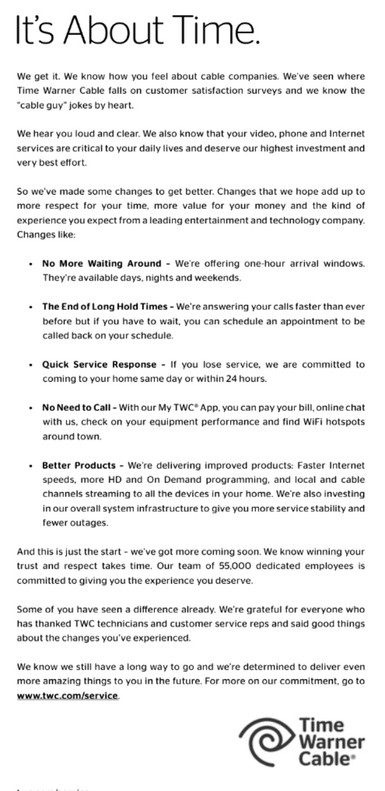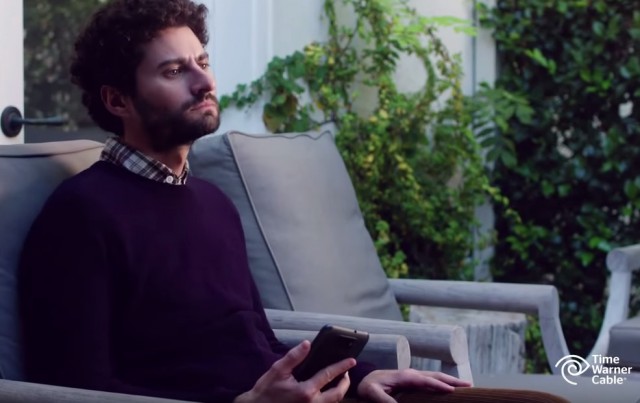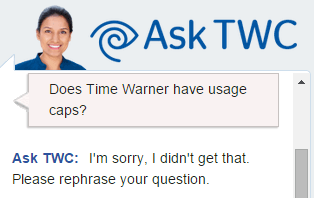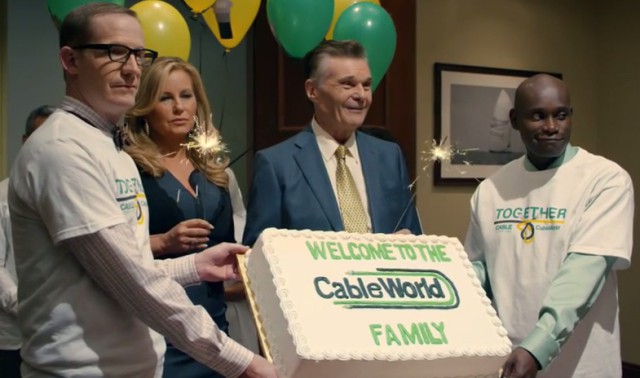
In Bexar County, Texas Public Radio found only a few customers (shown in green) qualify for AT&T GigaPower service. (Image: TPR)
AT&T charges customers $40 a month/$480 a year more for its U-verse with GigaPower gigabit broadband service in cities where it does not face direct competition with Google Fiber.
AT&T has announced six new cities will eventually get gigabit speed service, including Chicago, Atlanta, Nashville, Orlando, Miami and San Antonio. Whether customers will pay $70 or $110 for the same service depends entirely on one factor: Google Fiber.
The Consumerist notes communities with forthcoming competition from the search engine giant will pay $40 less for gigabit service from AT&T than communities without Google Fiber.
In San Antonio, Nashville, and Atlanta — all forthcoming Google Fiber cities, customers will pay AT&T $70 a month. In Google Fiberless Orlando, Chicago, and Miami, customers will pay $80 for a 300Mbps tier or $110 for 1,000Mbps service.
Although AT&T is usually the first to market 1,000Mbps service in its service areas, actually qualifying to buy the service is another hurdle customers have to overcome. In San Antonio, most customers will have to wait.
In an informal survey conducted by Texas Public Radio on social media, about 60 Bexar County residents checked to see if their home addresses could connect to AT&T’s GigaPower. Only 11 could, most in far west Bexar County beyond Leon Valley. Other limited service areas south of Live Oak also qualified. Most of the rest of metro San Antonio does not qualify for GigaPower and AT&T will not say when customers can get the service.
AT&T later admitted gigabit service was available in “parts” of San Antonio, Leon Valley, Live Oak, Selma, Schertz, Cibolo, as well as portions of New Braunfels, Medina, and unincorporated Bexar County.
 The Consumerist writes AT&T is proving the importance of robust broadband competition. Communities that have it pay less and get quicker upgrades for faster Internet speeds. Those without pay AT&T a premium or are long way down on the upgrade list.
The Consumerist writes AT&T is proving the importance of robust broadband competition. Communities that have it pay less and get quicker upgrades for faster Internet speeds. Those without pay AT&T a premium or are long way down on the upgrade list.
In the northeastern United States, now a no-go for Google Fiber, broadband is often a feast or famine proposition. Those served by Verizon FiOS in New York City also have the competing options of network-upgraded Cablevision or Time Warner Cable Maxx. Those in New York not served by FiOS have a much poorer choice of Time Warner Cable (up to 50/5Mbps) or <10Mbps DSL service from Verizon, Frontier, Windstream, and other phone companies. In Northern New England, Comcast routinely outclasses DSL service from FairPoint Communications, but significant parts of Vermont, New Hampshire, Maine, and western Massachusetts often have no broadband options at all.
[flv]http://www.phillipdampier.com/video/KSAT San Antonio GigaPower Internet coming to San Antonio 9-21-15.mp4[/flv]
KSAT-TV in San Antonio covered AT&T’s launch of U-verse with GigaPower in San Antonio. As elsewhere, AT&T routinely invites city officials to share the good news with local residents. But it may take a year or more for the service to become available to everyone in the area. Even when it is, a snap poll conducted by KSAT found just over half of its viewers had no interest in getting gigabit service from AT&T. (1:51)


 Subscribe
Subscribe


 TWC’s TechTracker is going nationwide by the end of this year and promises to let you manage appointment reminders from the app and display a photo of the technician en route. That could be useful to show the authorities if the tech goes missing.
TWC’s TechTracker is going nationwide by the end of this year and promises to let you manage appointment reminders from the app and display a photo of the technician en route. That could be useful to show the authorities if the tech goes missing.

